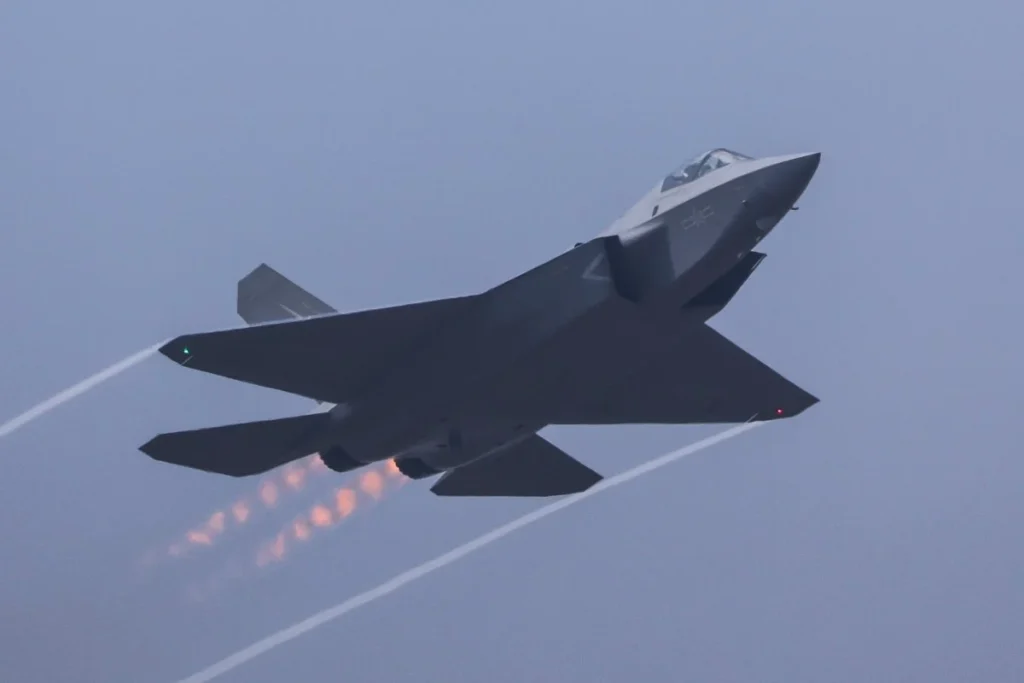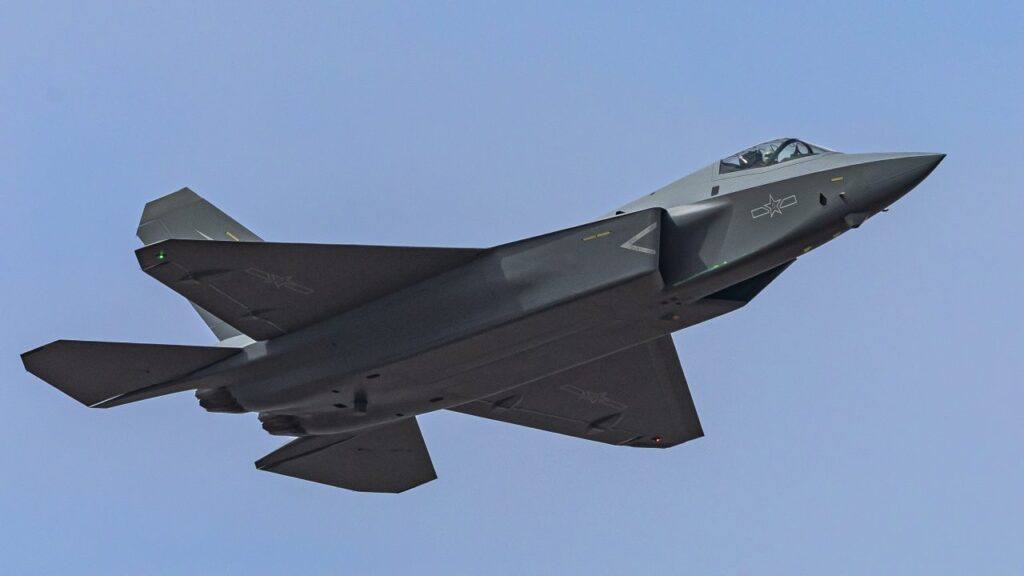In May 2025, the skies over Gilgit-Baltistan region bore witness to a historic flight that would reverberate across geopolitical corridors. The joint test-flight of the J-35A ‘Gyrfalcon’ stealth fighter by Pakistani and Chinese pilots marked not just a technological milestone but a profound statement of strategic unity. This event signaled Pakistan’s ascension into the elite club of fifth-generation fighter operators and underscored a deepening alliance with China that could reshape South Asia’s military landscape.
The Flight That Shook the Region
The J-35A, developed by China’s Shenyang Aircraft Corporation, is a fifth-generation stealth multirole fighter designed for both air superiority and ground-attack missions. During the test flight, the aircraft showcased its advanced capabilities, including integration with the Beidou satellite navigation system, AWACS uplink, and ground-based stealth-tracking denial systems. The exercises conducted were not mere simulations; they encompassed real-time radar suppression, satellite-guided targeting, live interception of AWACS and drone targets, and simulated engagements against advanced fighter scenarios.

Strategic Implications
This collaboration signifies a shift in Pakistan’s defense posture, moving from a tactical partner to a strategic ally with China. The joint operation of the J-35A indicates a high level of trust and interoperability between the two nations’ air forces. For India, this development challenges its air superiority, especially considering its reliance on 4.5-generation fighters like the Rafale and Su-30MKI. The J-35A’s advanced stealth features and integration with long-range missiles like the PL-15E, which Pakistan has acquired, further tilt the regional balance. Wikipedia
Regional Security Dynamics
The introduction of the J-35A into Pakistan’s arsenal is poised to reshape South Asia’s security landscape. With plans to acquire up to 40 of these jets within two years, Pakistan aims to replace its aging fleet and enhance its deterrence capabilities. This move, coupled with China’s support, underscores a strategic alignment that could influence regional power dynamics and prompt neighboring countries to reassess their defense strategies.

Conclusion
The joint test flight of the J-35A by China and Pakistan marks a pivotal moment in regional military collaboration. It reflects a deepening alliance and a shared vision for advanced defense capabilities. As Pakistan integrates these stealth fighters into its air force, the strategic calculus in South Asia is set to evolve, prompting all stakeholders to navigate this new era of aerial warfare and alliance structures.







